Proper swamp cooler maintenance is vital to both the machine’s efficient running, and it’s longevity.
Swamp coolers often have a high initial cost, so it would be a crying shame to have to do away with the machine just because it hasn’t been properly looked after.
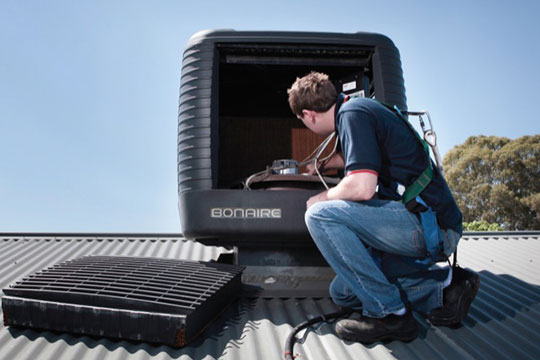
Why You Should Take Care of Your Swamp Cooler
When a swamp cooler isn’t properly looked after, not only does this impact the machine’s longevity, but it can also waste hundreds of gallons of water.
This is not what you want in a hot climate – it’s a vital resource.
But that’s not all. For most swamp coolers, if you do not properly maintain the machine, it can void the warranty.
The good news is that looking after a swamp cooler is pretty much a straight forward process. And the better news is that we’re going to explain it all here for you now.
But before we can go into how to look after one, we first have to explain how it works.
How a Swamp Cooler Works
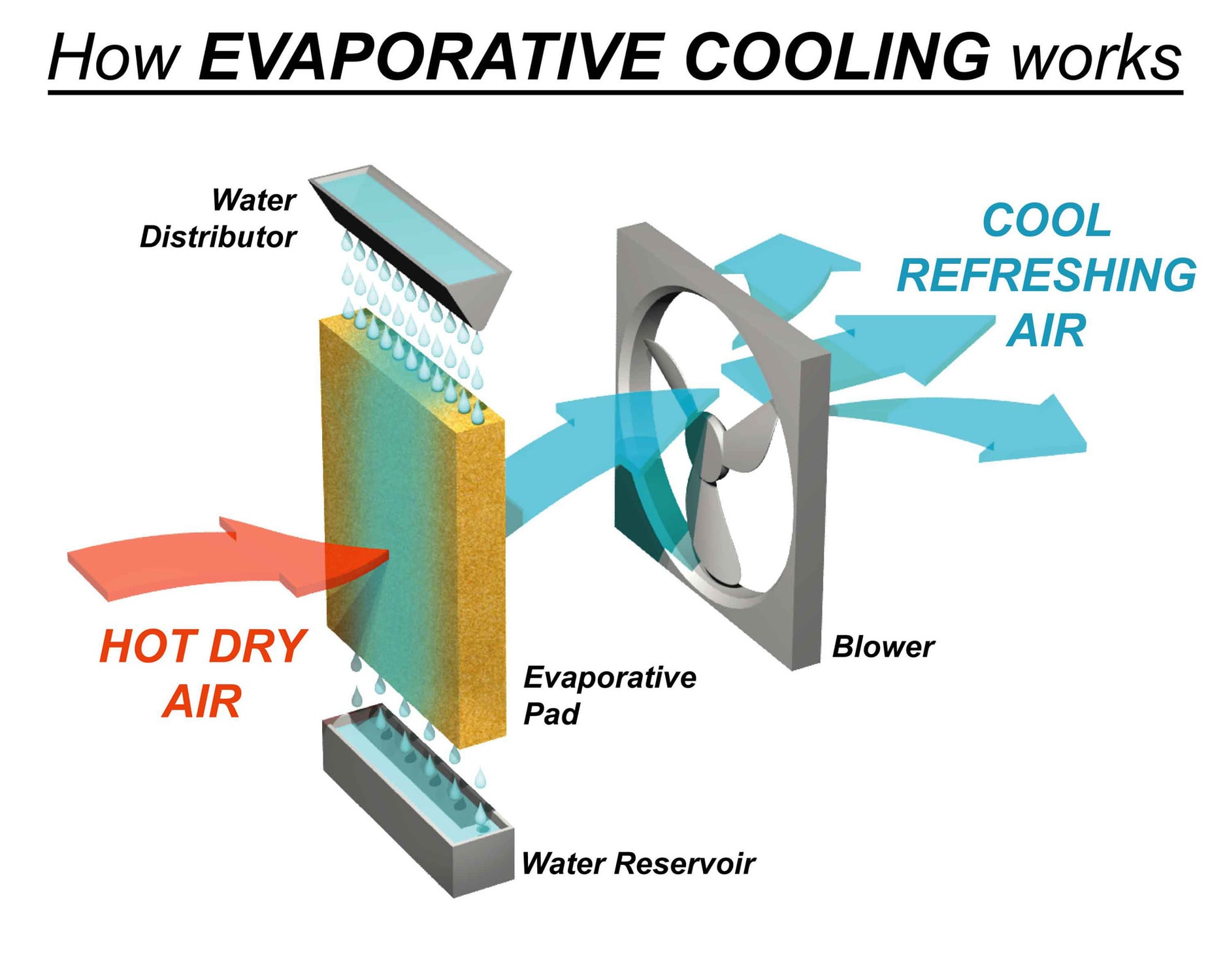
Essentially, a swamp cooler works by first taking in the surrounding warm and humid air. Water droplets formed from the humid air are then pumped to special evaporative pads that line the inside of the cooler. These pads work to soak up the water. These pads then filter, cool, and clean the water. Then, the blower comes on to blow cooler air through the machine’s vent.
To prevent too much water in the cooler, there’s a float positioned inside, and when it reaches a certain level, the float rises and shuts off the water supply valve.
So, as you can see, there are many different parts to a swamp cooler, and for them to all work harmoniously together, you must take good care of your swamp cooler.
More: Our full explainer on how swamp coolers work
Looking After Your Swamp Cooler All Year Long
If you’ve already seen our article on how to winterize a swamp cooler, then you will already be aware of this requirement. But one thing you may not realize is that swamp cooler maintenance requires attention all year round. So here are some tips for you.
General Rules for Everyday Use in Summer
An important element in looking after your swamp cooler is ensuring that you are using it as it’s meant to be used. There are several rules for this that we’ll run through now.
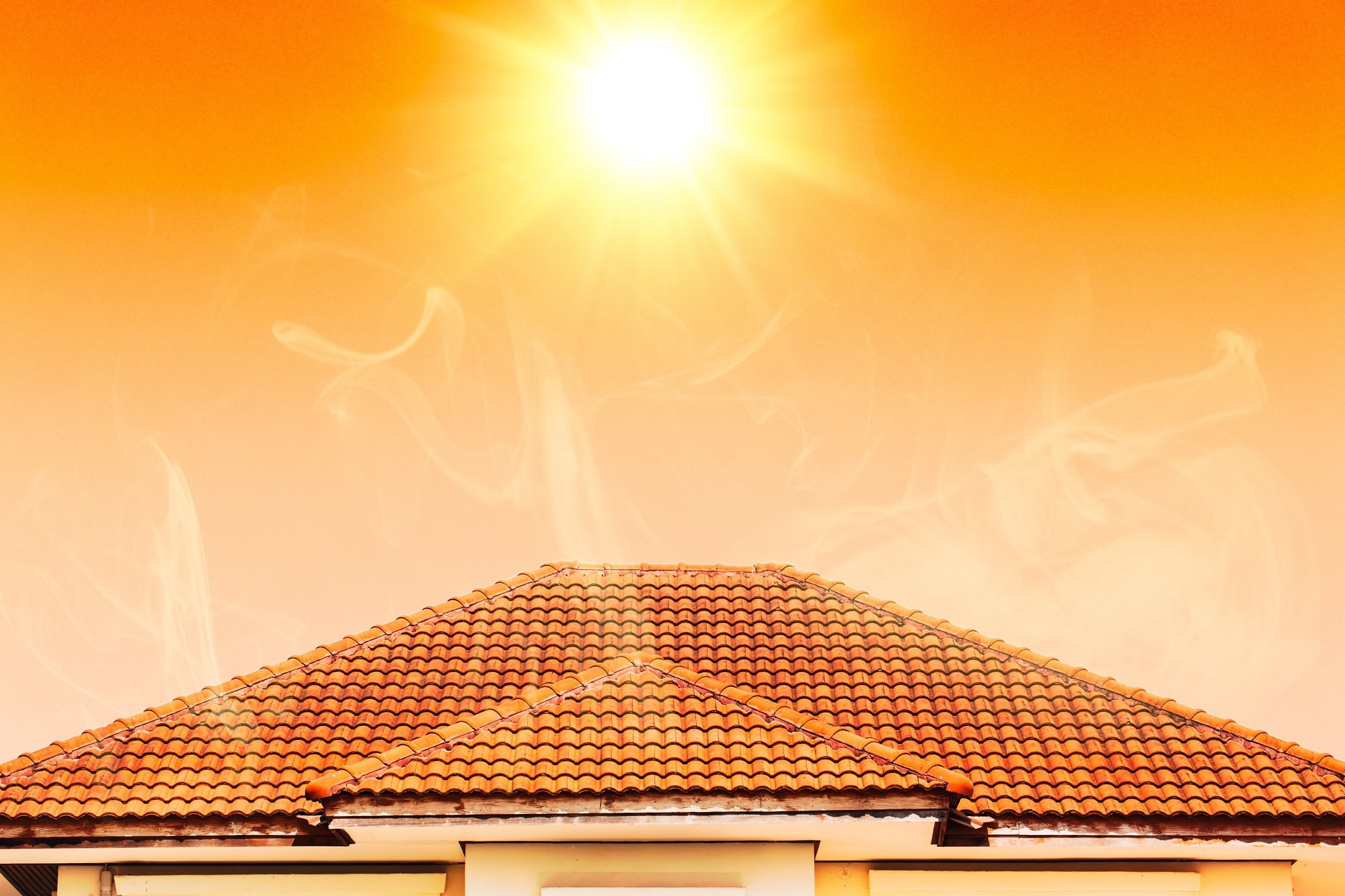
- Only turn the swamp cooler on when necessary, to use less water e.g. by turning it on at 85 degrees rather than 79 degrees.
- Let the water pump run a few minutes before you turn on the fan. This helps to better saturate the evaporative pads.
- Open some windows to draw air in.
- Use fans around the room or building, e.g. ceiling fans.
- Occasionally operate the cooler fan without the water pump, e,g, in the evenings, to use less water.
- Install a thermostat, so once you get to the temperature you want, the machine will stop taking in any unnecessary water.
Mid-Summer Check-Up
- Check how much water is in the bottom tray. Ideally, it should be below the overflow pipe and an inch below the top of the tray. If not, adjust the float arm.
- Check that the float valve is working as it should be and is not sticking. Adjust if necessary.
- Check over all the parts, such as the motor, the fan belt, and the pump.
- Check how clean the cooler pads are. If there’s a build-up of mineral deposits the pads will have to be replaced.
- If your swamp cooler has a bleed-off valve, check that it’s not draining more water than necessary.
How to Winterize a Swamp Cooler
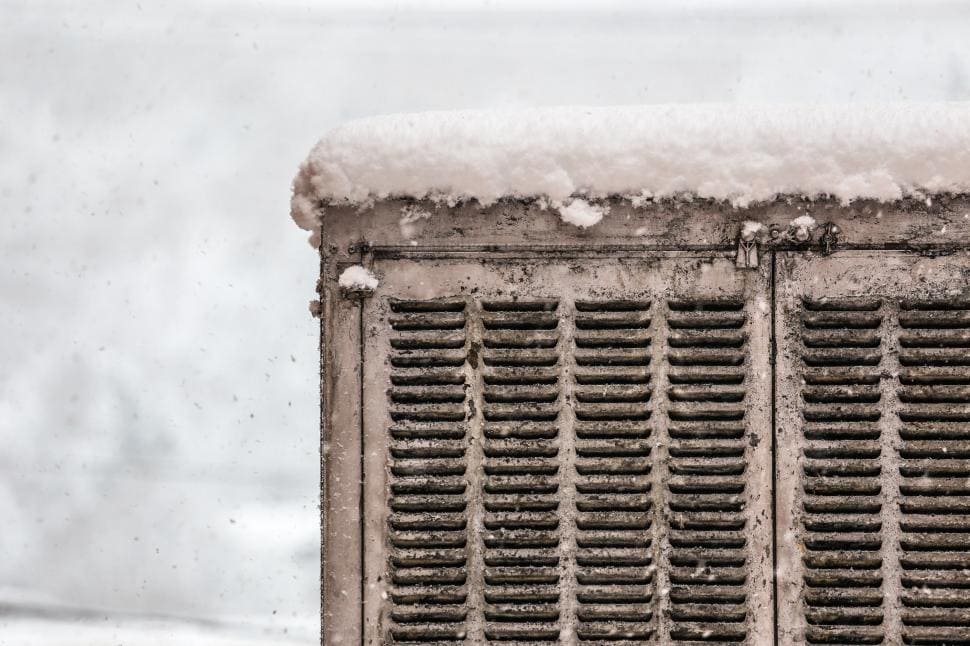
A very important element of swamp cooler maintenance is preparing the machine for Winter, also known as Winterizing it. We’ll explain it briefly here, but for a more detailed breakdown, you should check out our other article How To Winterize Swamp Cooler, which is available on this link.
Winterizing a swamp cooler can prevent a whole host of issues such as mold, broken pipes, corrosion, and rust. It’s easily the most important aspect of good swamp cooler maintenance.
1. Unplug the Cooler
Although good maintenance requires that check on the machine throughout the year, it’s perfectly fine to completely shut down the cooler in the colder months. Preferably as early as possible.
2. Shut Off the Valve to the Water Supply
This is to prevent stagnant water in the tank.
3. Drain Your Water Line
You do this by detaching the hose at each end and flushing out any water. This is to prevent pipes from freezing over.
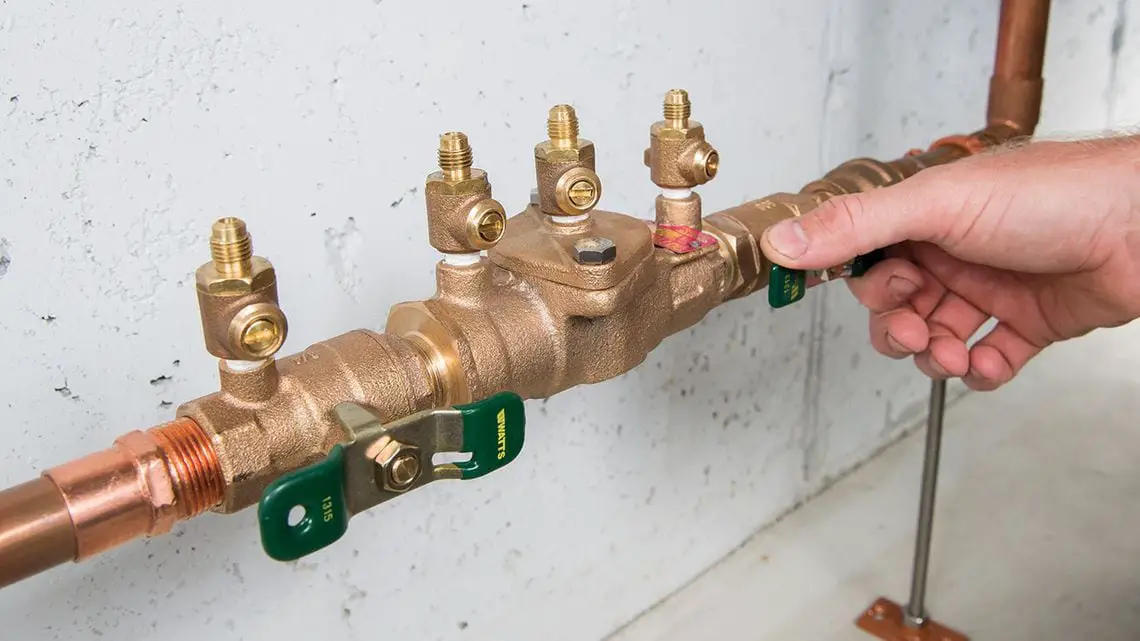
4. Drain the Water Tank
This task is not just to prevent any collected water from freezing, and then expanding to produce cracks in the system but is also to prevent the collection of stagnant water.
Stagnant water smells musty and encourages the growth of bacteria, which could potentially spread around your home.
5. Clean the Water Tank
Once the water tank has been drained, you are then able to clean it. You can use a stiff brush to release any dried-on mineral deposits, and then you can wash or soak the water tank in white vinegar. This is particularly effective for dealing with any limescale build-up.
6. Replace the Evaporative Cooling Pads
Take a look at the evaporative cooling pads, and if you deem it necessary, get them replaced. This is to reduce rust build-up.
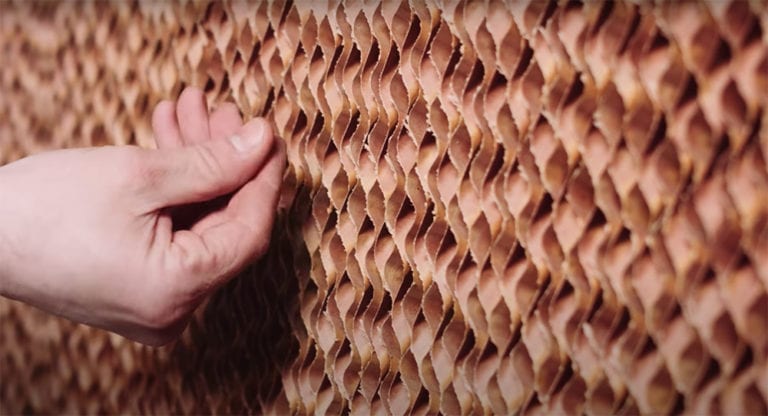
7. Finally, Cover the Cooler
This is to protect it from the elements.
Spring Cleaning
- Clean out anything left in the water pan.
- Check the tension in the fan belt. It should only move about an inch when pressed.
- Oil any parts that need it, such as the blower assembly and the motor.
- Get new cooler pads installed.
- Reconnect the water supply and turn it on. Then, check the float valve. If necessary you can bend it to adjust it.
- Switch the swamp cooler on. Make sure that the cooler pads are being evenly saturated.
- Look for any rust or split seams that could cause a leak.
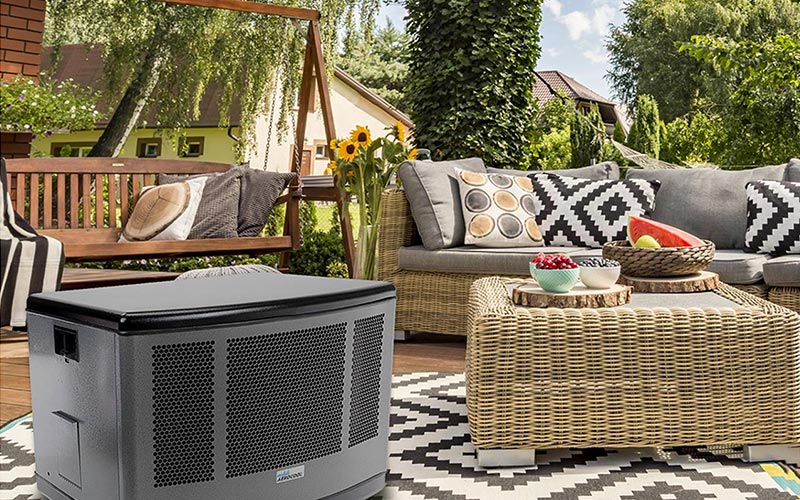
Final Thoughts
We hope that you now see the value in taking proper care of your swamp cooler. You can save yourself a lot of water, keep the warranty intact, and potentially save quite a lot of money that would otherwise have gone on repairs.
Although there are several different maintenance jobs to do on the cooler throughout the year, it doesn’t actually take very long if done right. It’s worth taking the time to read the cooler’s manual if you still have it, as this may provide even more guidance and advice, specific to your particular swamp cooler.
Other Related Content
Here is some other content that might interest you:
